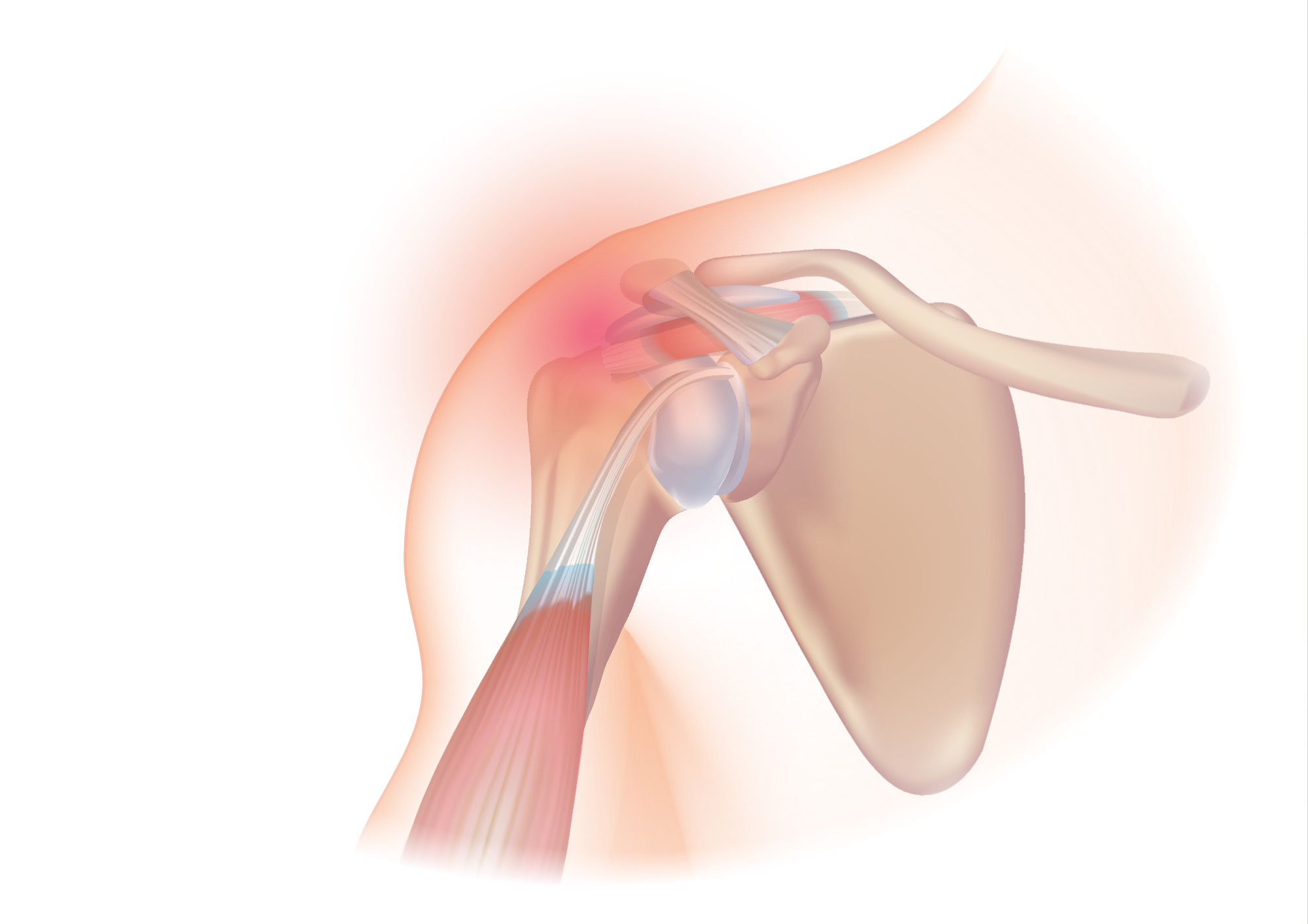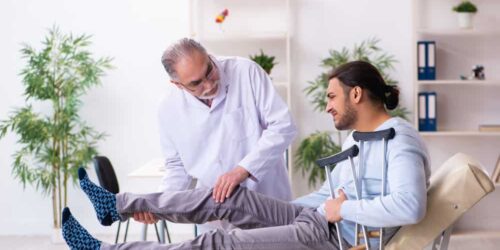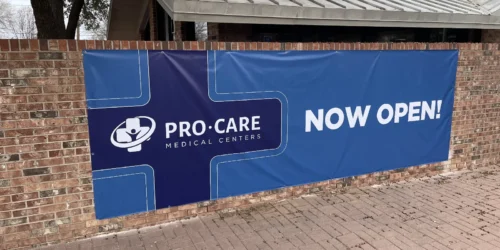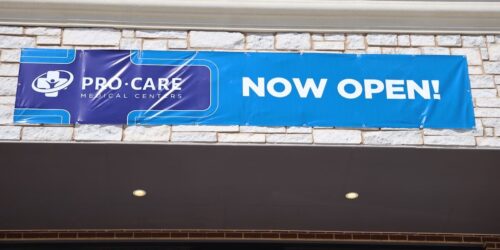A shoulder to lean on. A chip on your shoulder. A shoulder to carry your burdens. Your shoulders do some hard work, but they are a complex machine in the human body. Shoulder pain is one of the most common symptoms we see at Pro-Care. Sports injuries to car accident injuries from a collision or impact, shoulders take a tremendous amount of wear and tear. Shoulder pain can be caused by an assortment of things such as repetitive use (ie. a painter or a tennis player) or blunt trauma from a car accident or fall.
Rotator Cuff Basics
What is a rotator cuff?
The rotator cuff is a group of 4 muscles and tendons that provide stability and strength while your shoulder is in motion. Pretty important, right? Elevating, rotating and even ensuring that your shoulder stays in place (ie. dislocations) are all key functions of your rotator cuff. The group of muscles and tendons are pretty much essential to almost every shoulder movement, so you need your rotator cuff to be working!
Where does it hurt?
A common shoulder condition is a rotator cuff injury. Trauma from holding the steering wheel of a car upon the impact of a car collision, degenerative wear and tear, or overuse can all be triggers for rotator cuff pain. Often times strained, partially or completely torn, rotator cuffs can be super painful. Shoulder pain when sleeping on your side, pain when attempting to lift your arm above your head to comb or brush your hair can all be physical indicators of a rotator cuff injury. More symptoms can be found here. 
1.Rotator Cuff Rehab: External Rotation

2. Shoulder Adduction

3. Shoulder Abduction




